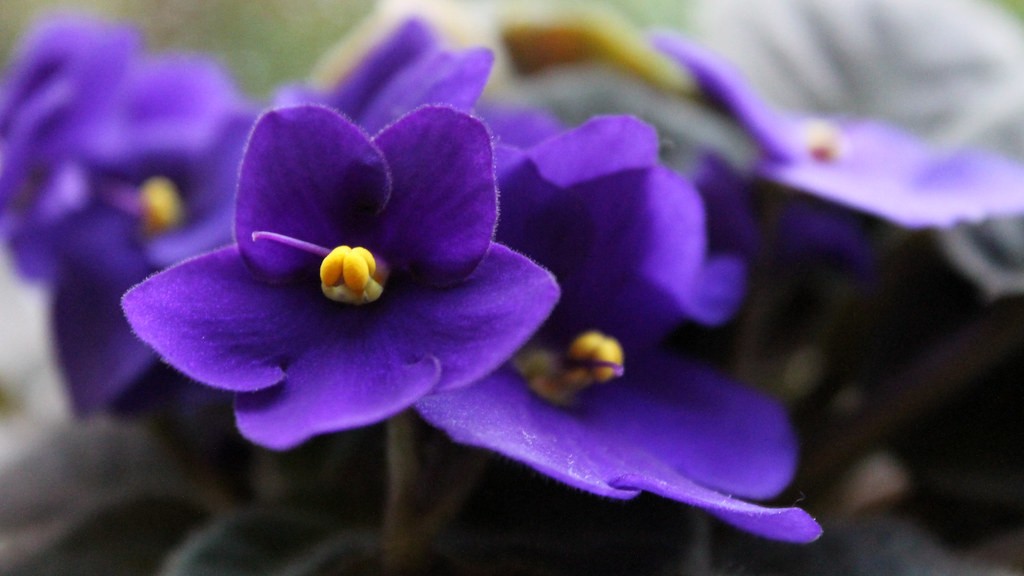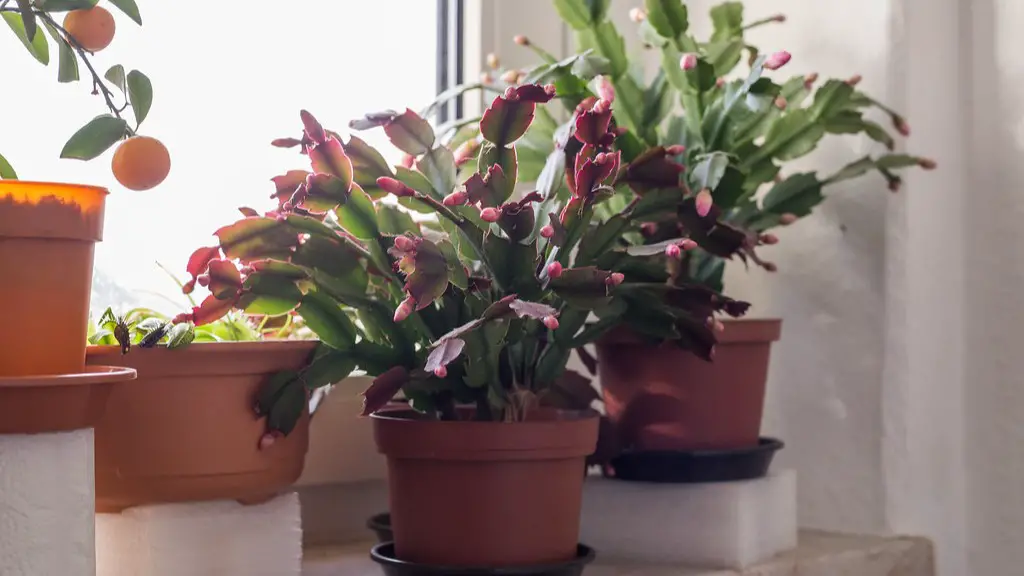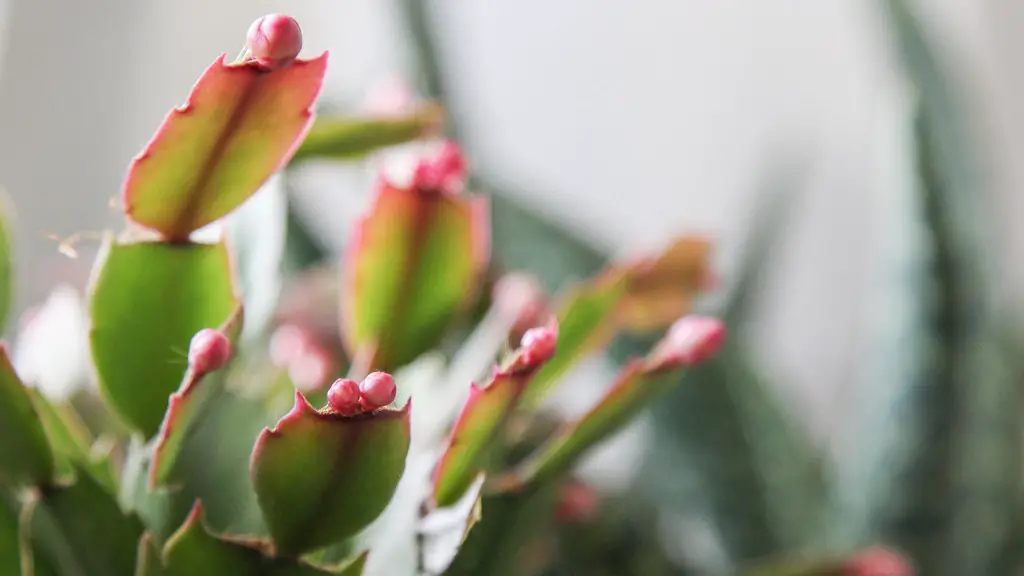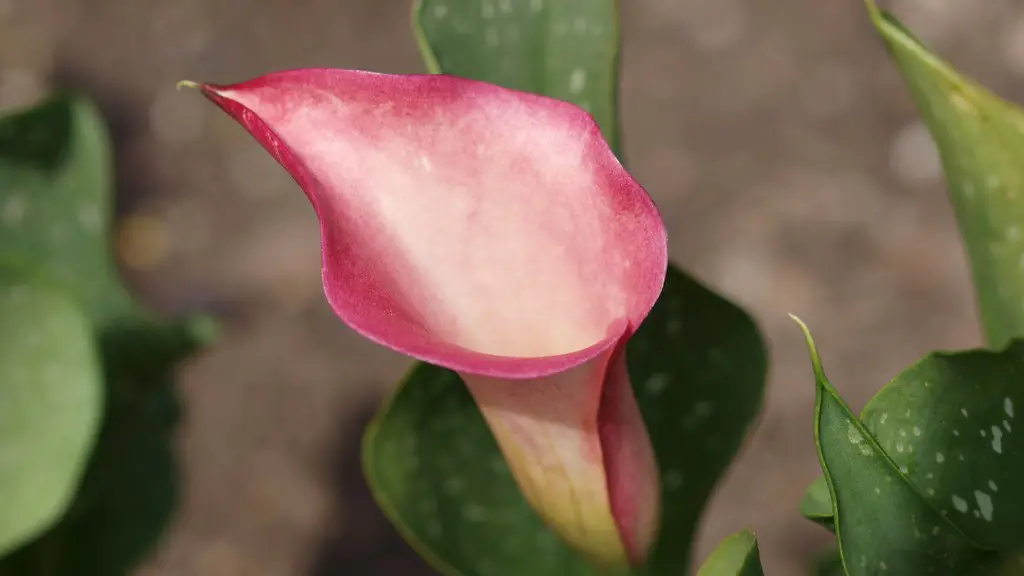African violets are a popular houseplant, known for their pretty flowers and easy care. If you’re looking to add an African violet to your collection, you’ll need to know how to transplant them. Here’s a guide to help you get started.
1. Gather your supplies. You will need a small African violet, a pot that is slightly larger than the current one, fresh African violet potting mix, and a clean razor blade or sharp knife.
2. Water your African violet thoroughly before transplanting.
3. Use the razor blade or sharp knife to carefully loosen the roots around the edge of the pot.
4. Gently remove the African violet from the pot.
5. Place the African violet in the new pot and fill in around it with fresh potting mix.
6. Water the African violet well and keep it in a warm, bright spot.
What is the best way to transplant an African violet?
If you’re repotting your African violet, make sure to use a thin layer of soil and to set the root ball on top. Gently cover up to the base of the leaves, but make sure not to pat it down too much – you want it to be loose. Place the pot in a saucer of water and let your plant soak up as much as it needs.
When you see your African violet has doubled or tripled in size, and the leaves are starting to wilt, it’s time to repot the plant into a larger pot. This will prevent the plant from getting too root-bound.
Do violets transplant well
If you’re looking to transplant your violets, be sure to choose a potting mix that will work well for your climate. A quality African violet potting mix should provide good water-holding capacity and ample air pockets to guarantee healthy roots. With these tips in mind, you’ll be on your way to developing a green thumb in no time!
It’s easy to root African violets from leaves. The quickest and easiest way is to use a leaf from your existing African violets, or even from a friend’s plant. Simply place the leaf in a glass of water and wait for it to root. Once it has rooted, you can transplant it into soil.
What time of year do you repot African violets?
If you notice that your African Violet’s roots are growing out and around the rootball, it’s time to repot the plant. African Violets should be repotted every 2-3 years, or whenever the plant becomes rootbound. Rootbound plants are more likely to experience stunted growth, so it’s important to repot them as soon as you notice the roots getting crowded.
African violets need a pot that is breathable and shallow. Their roots don’t go very deep, so they like to go sideways. Make sure your pot has suitable drainage holes so you can water from underneath. You can also get African violet specific pots that have a terra cotta sleeve you plant in, and a water reservoir.
What is the lifespan of an African violet?
If you want your African violet to last a long time, you need to take care of it properly. Avoid overwatering, chilling and direct sunlight, as these can all shorten its lifespan. With proper care, it’s not unusual for an African violet to live for 50 years or more.
African violets prefer slightly acidic conditions, between 58 to 65 pH. In conventional soil, your plant won’t be able to efficiently absorb nutrients. Generally, peat moss is used to lower the pH in African violet potting soil. By adding peat moss to your African violet potting mix, you will create an environment that is ideal for your plant.
Do African violets like to be crowded
This is a bit of a conundrum: African violets like it a little crowded above ground and below, but they can start to struggle if it gets too tight. In fact, an African violet with too many leaves might even withhold its beautiful blooms—or stop growing altogether!
The best location for African violets is one that receives bright, indirect light. A site near an east or north window is often a good location. African violets should not be placed in direct sun. If a suitable window isn’t available, African violets can be placed under a fluorescent light fixture containing two 40-watt fluorescent tubes.
What kind of potting soil for African violets?
You’ll need to use a soilless mix when growing African violets since they don’t do well in regular potting soil. Look for a mix that is evenly moist but well-draining, slightly acidic, and with a loose crumbly texture. This will help to ensure that your plants stay healthy and happy.
African violets thrive best in indirect sunlight. Direct sunlight can burn the leaves, so it’s best to choose a north- or east-facing window for best results. Keep plants away from cold glass and rotate the pot once a week so all leaves receive light. Extend daylight by placing African violets under a grow light during winter months.
Can I plant African violets in Miracle Grow potting soil
African violets grow best in Miracle-Gro® Indoor Potting Mix because it is well-drained and slightly acidic. This potting mix provides the perfect growing environment for African violets, allowing them to thrive indoors.
This product is designed to help achieve optimum growth and blooming of African violets and other blooming houseplants. Apply as directed, and your plants will soon be healthy and blooming beautifully!
Is Epsom salt good for African violets?
Epsom salts are a great way to provide plants with essential magnesium and sulfur. These two minerals are necessary for producing beautiful blooms and healthy foliage. To use, simply mix one and a half teaspoons of Epsom salts in a quart of tepid water. Swirl to dissolve and then water your plants (below the leaves) with the solution once a month.
African violets do best when they are slightly pot-bound, so choose a pot that’s on the smaller side. A professional tip is to get a pot that is 3-4 inches in diameter if you have a standard African violet plant.
Final Words
To transplant African violets, water the plant well and then carefully remove it from its pot. Gently loosen the roots and replant in a new pot that is only slightly larger than the old one. Water gently and place in a warm, sunny spot.
This article has given some tips on how to transplant African violets. First, it is important to choose a pot that is only slightly larger than the current pot, as African violets do not like to be transplanted often. Second, use a potting mix that is specifically for African violets. Finally, water the African violet well after transplanting. With a little bit of care, your African violet should thrive in its new pot.





